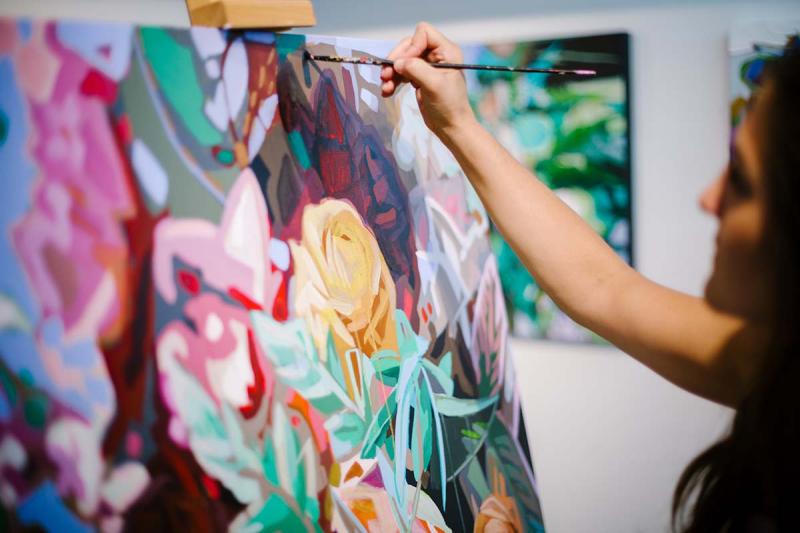
They can be changed or reallocated as desired in the Edit Drumset window. The letters A–G (shown above certain notes in the palette) are designated as shortcuts for entering particular instruments (bass drum, snare, closed hi-hat etc.), rather than referring to note pitches. This window is essential for mouse input, and displays shortcuts for computer keyboard input, but can be ignored if using a MIDI keyboard or the virtual Piano Keyboard.Įach note in the palette represents a percussion instrument: hovering the mouse pointer over the note displays the instrument name. When a percussion staff is selected and note input mode is ON, a window opens at the bottom of the screen called the Drum input palette. Note: Voice allocation is determined by the color of the note in the drum input palette: blue for voice 1, green for voice 2.

Select the note or rest where you want to start.Use the following method to add a new note or to replace an existing chord. If you wish to add another note to an existing one in that voice, press Shift+.Press the shortcut key (A–G) for the instrument that you wish to enter-refer to the Drum input palette window.Click on the note or rest where you want to start.To enter notes on a percussion staff using your computer keyboard: Drag the panel downwards to the right/left and it will dock to the right/left of the Drum input palette.Both panels can then be accessed by Tabs.
#STARLIGHT MUSE STEMS SEPARATE DRUMS FULL#


To add notes to a percussion staff from a MIDI keyboard:Įnsure that the MIDI keyboard is connected and functioning correctly. These methods can be used in any desired combination: MIDI keyboard You can add notes to a percussion staff from any of the following: If the latter, voice 1 (the upper voice) usually contains (up-stem) notes played by the hands while voice 2 (the lower voice) usually contains (down-stem) notes played by the feet (see image below). For a drumset, one or two voices can be used. On a 5-line percussion staff, each instrument is assigned a vertical staff position (line or space) and a notehead shape. to a 2-line staff) can be made from the score itself (see Advanced Style Properties). When you create a percussion staff using the New Score Wizard or the Instruments dialog, MuseScore automatically chooses the most appropriate staff type (1-, 3-, or 5-line) for the instrument: this can be changed, if required, using the "Staff type" column on the Choose instruments / Instruments page.

Entering percussion notation is somewhat different to entering notation for pitched instruments (such as the piano or violin).


 0 kommentar(er)
0 kommentar(er)
